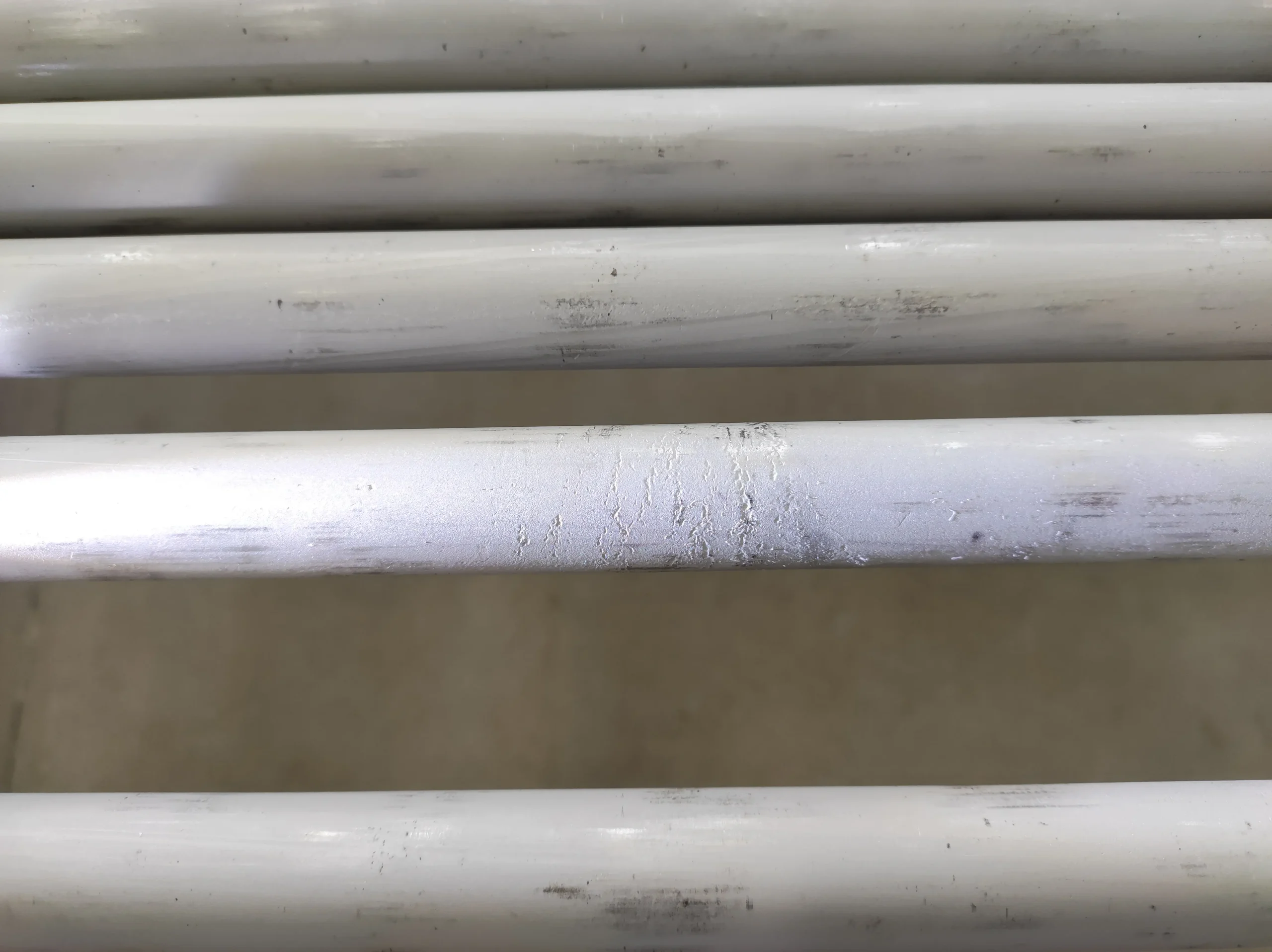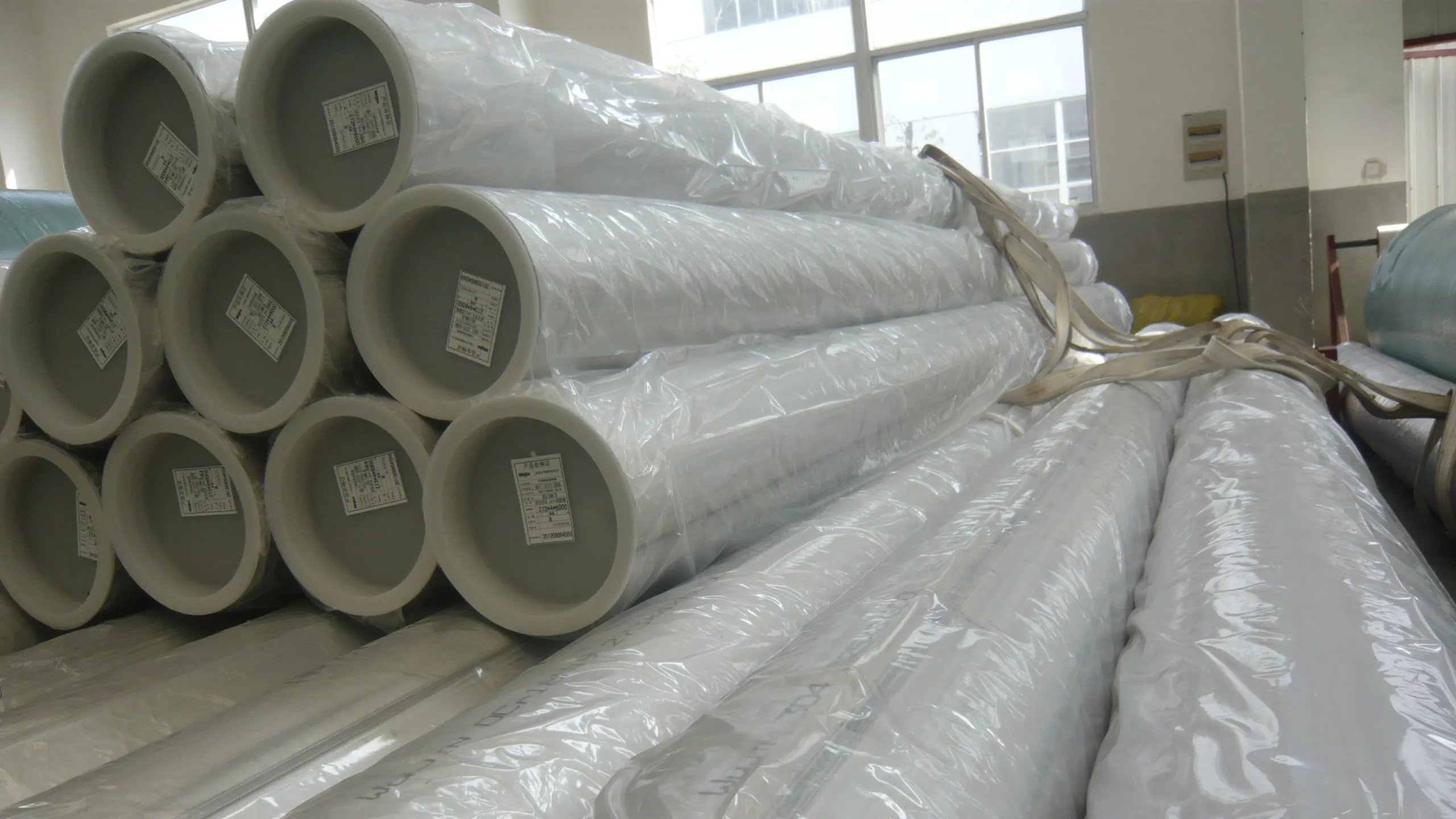Aço inox tube vs pipe,discover the key differences between them.From measurement methods to applications,let us learn which suits your project’s needs.
Tubes and pipes serve different purposes.Tubes are typically used for structural applications,while pipes are used for transporting fluids and gases.This fundamental difference affects their design and usage.
The way they are measured also varies.Tubes are measured by outside diameter and wall thickness.Pipes,on the other hand, are measured by inside diameter.
Tube vs Pipe : What Are They ?
Stainless steel tubes e tubos may look alike,but they serve different functions.Tubes are generally used for precise structural purposes.In contrast,pipes are crafted for efficient fluid transport.
Tubes often have tighter dimensional tolerances.This makes them suitable for applications needing exact specifications.Examples include medical devices and architectural elements.
- Tubes: Measured by outside diameter and wall thickness; available in various shapes; used in structural applications.
- Tubos: Measured by inside diameter; typically round; used for fluid transport.
O que fazemos
- Placa
- Folha
- Forjados
- Barra redonda
- Mesa
- Tubos
- Conexões
- Personalizado
Entre em contato conosco para obter mais informações
Tube vs Pipe : Key Measurement Differences
The primary distinction between pipes and tubes lies in how they are measured.Pipes are measured by their inside diameter.This approach focuses on the volume or flow they can carry.
Tubes are measured by their outside diameter and wall thickness.This ensures the precision needed for structural applications.
In essence,the different measurement methods influence the usage.Pipes prioritize efficient fluid flow.Tubes ensure accurate dimensions for structural purposes.
Shapes, Sizes, and Tolerances
Stainless steel tubes and pipes differ not just in measurement, but also in form. Tubes come in a variety of shapes—round, square, and rectangular.
Pipes, on the other hand, are typically round. This shape optimizes them for the smooth flow of liquids and gases. The uniform circular shape also aids in managing pressure.
Tolerance levels are crucial for both pipes and tubes. Tubes usually have tighter dimensional tolerances, making them ideal for precise applications. Pipes, with their varying wall thicknesses, are designed to handle pressure changes.
Cost, Strength, and Performance Considerations
Stainless steel tubes often come at a higher price due to their precise dimensions and manufacturing processes.Their high strength and ability to withstand pressure can justify the cost in critical applications. Pipes,conversely,offer a more economical solution for extensive fluid transport due to their bulk availability.
Performance characteristics also differ between tubes and pipes.Tubes often excel in strength-to-weight ratios,whereas pipes focus on accommodating internal pressures.
Stainless Steel Types Used in Tubes and Pipes
Common stainless steel grades include Aço 304, Aço 316e 321 steel.Grade 304 is popular for its excellent resistance to corrosion and affordability.It suits many general applications in both tubes and pipes.
Grade 316 offers superior resistance against corrosion,especially in marine settings,due to added molibdênio.Meanwhile, Grade 321 is stabilized with titanium,making it ideal for high-temperature environments.
Where Tubes and Pipes Are Used
Tubes are commonly employed where structural integrity and precise dimensions are critical.For instance,they are used in medical devices,aerospace parts,and automotive components.Tubes can endure high pressure,making them ideal for trocadores de calor.
Conversely,pipes are essential for transporting fluids and gases.They are prevalent in plumbing,oil and gas pipelines,and water treatment facilities.Their round shape facilitates fluid transport efficiently.
Tube vs Pipe : Which Suits Your Project ?
Choosing between a tube and a pipe for your project involves understanding your specific requirements.Consider the intended application,environmental conditions,and performance needs.This selection process ensures that the chosen product meets your project’s standards.Evaluate the demands of your application to make the best choice. Key factors that influence this decision include:
- Application Purpose: Structural support favors tubos.
- Transport Needs: Fluid transport needs tubos.
- Environmental Conditions: Corrosion resistance requirements may vary.
Contate-nos
- RM901 No.22 Tangjiaqiao Road Wenzhou China
- +86 577 8551 1171
- [email protected]
- https://www.kaysuns.com/



